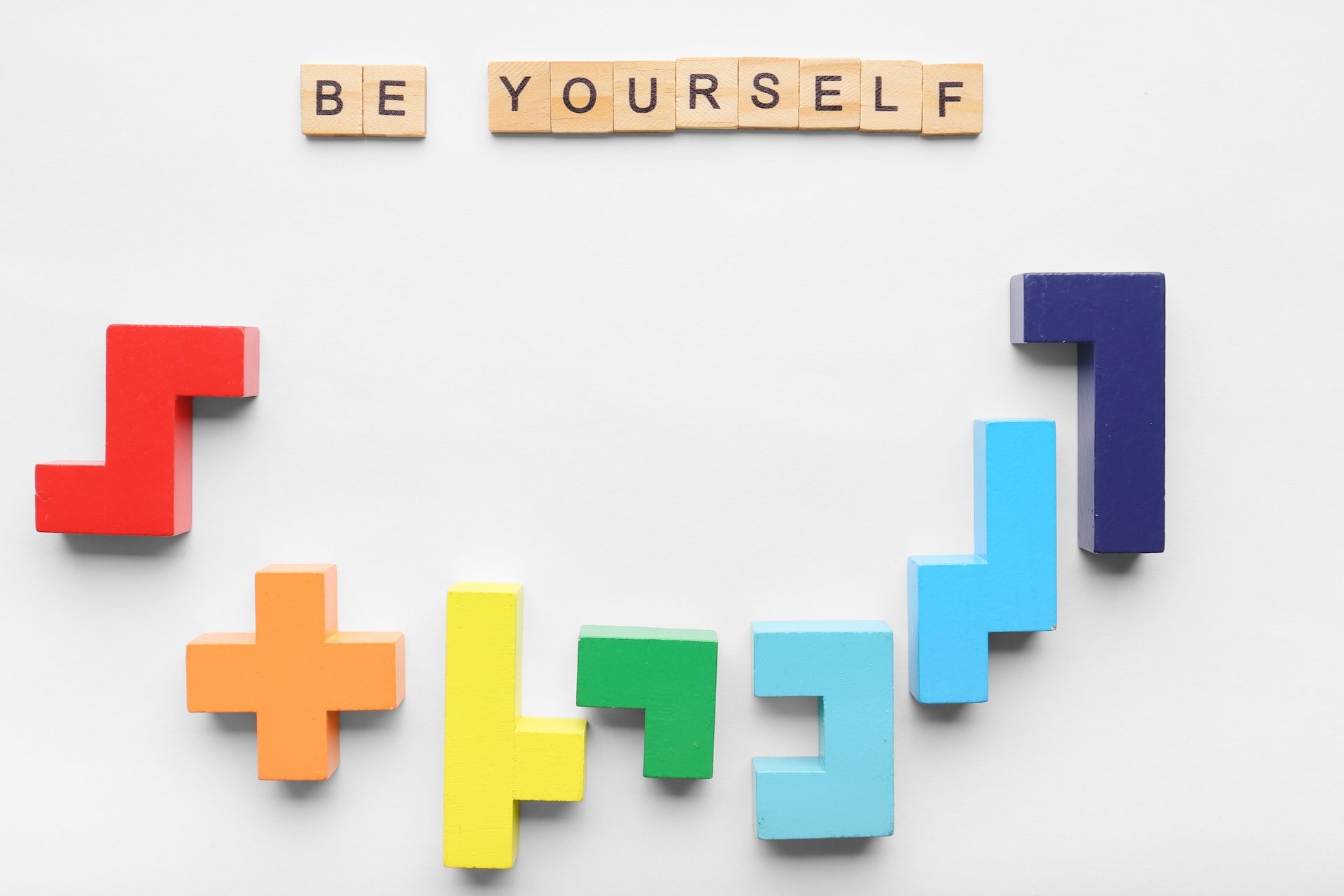
Explore your personal space, where, when and how you feel safe.
Definition
Where One Expresses Themselves
Personal safe space

An environment which allows individuals to express themselves in the most transparent way without the fear of judgement, disapproval and harm is referred to as a safe space. A safe space permits a person to reach out in a way that makes them feel validated, protected and assured. It is a secure space which motivates individuals to let out all kinds of emotions, thoughts and come out as who they really are. When people are able to speak their mind out without even the slightest fear or hesitancy holding them back is when a safe space can be said to be there.
Some might find comfort in their homes or within their community or support groups, where their emotions can feel valued and supported. Others may feel the ease on virtual platforms like an online forum or a private group where engagement with like-minded individuals aids in their emotional healing.
On a personal level, safe space must also blossom within. The source to the comfort we seek in others, is present within ourselves. Thus, a personal safe space is the internal state where we feel safe and at ease, free from self-criticism, self-doubt or negative self-talk. This space that exists within, allows us to express our innermost thoughts, emotions, and encourages us to be gentle on ourselves to help nourish our mental and emotional health.
Personal safe spaces differ from individual to individual. While introverts may prefer solitude and peace over interactions and chaos, it might hold the exact opposite for extroverts. Below are some differences in how a personal safe space may look and feel for introverts and extroverts:
For Introverts:
1) Solitude: Introverts prefer personal safe spaces that are quiet, private and secluded. From a cosy corner with a book in hand to a placid area with only stillness to be felt. These personal safe spaces allow them to retreat from social stimulation, recharge their energy and heal.
2) Minimal external stimuli: Visually calm and uncluttered environments help unwind the stress brewing within them. Their personal safe space is filled with neutral tones and a calm atmosphere devoid of sensory overload and chaos.
3) Solitary activities: Personal safe spaces for introverts often prioritize individual activities that promote introspection and recharge their energy. It may include a comfortable reading corner, a writing desk, art supplies, or a meditation area.
4) Fewer social elements: Introverts tend to revel in company of artworks, mementos, books etc., that hold personal significance rather than social connections or group activities.
For Extroverts:
1) Interactive and Inviting environment: Extroverts’ personal safe space is a warm and welcoming environment where the social interactions bring them joy, then be it hosting gatherings or being a part of those. They take delight in social interaction which allows immersing freely in group activities, games, group sessions, entertainment set ups etc.
2) External stimuli: Visually stimulating environments filled with vibrant colours, decorations, artworks, and bubbling atmosphere can also revitalize them, and help find their dynamic and lively personal safe spaces.
3) Reflecting social connections: Visual reminders like photographs, memorabilia, artwork highlighting their social life and connections helps extroverts revisit moments of joy, and in turn devise personal safe spaces filled with self-connect, peace and emotions of consequence ensuring mental peace. Such surroundings, looking down the memory lane and reminiscing shared memories and experiences help them feel safe.
It is important to note that these descriptions are generalizations, individual preferences may differ, and some individuals may exhibit combinations of introversion and extroversion. The trick is to create a personal safe haven that suits one’s mental make-up, and enhances their quality of life, whether they tend more toward being introverted or extroverted. The sole aim is to create a personal safe space that provides them the needed contentment and boost their overall well-being.





